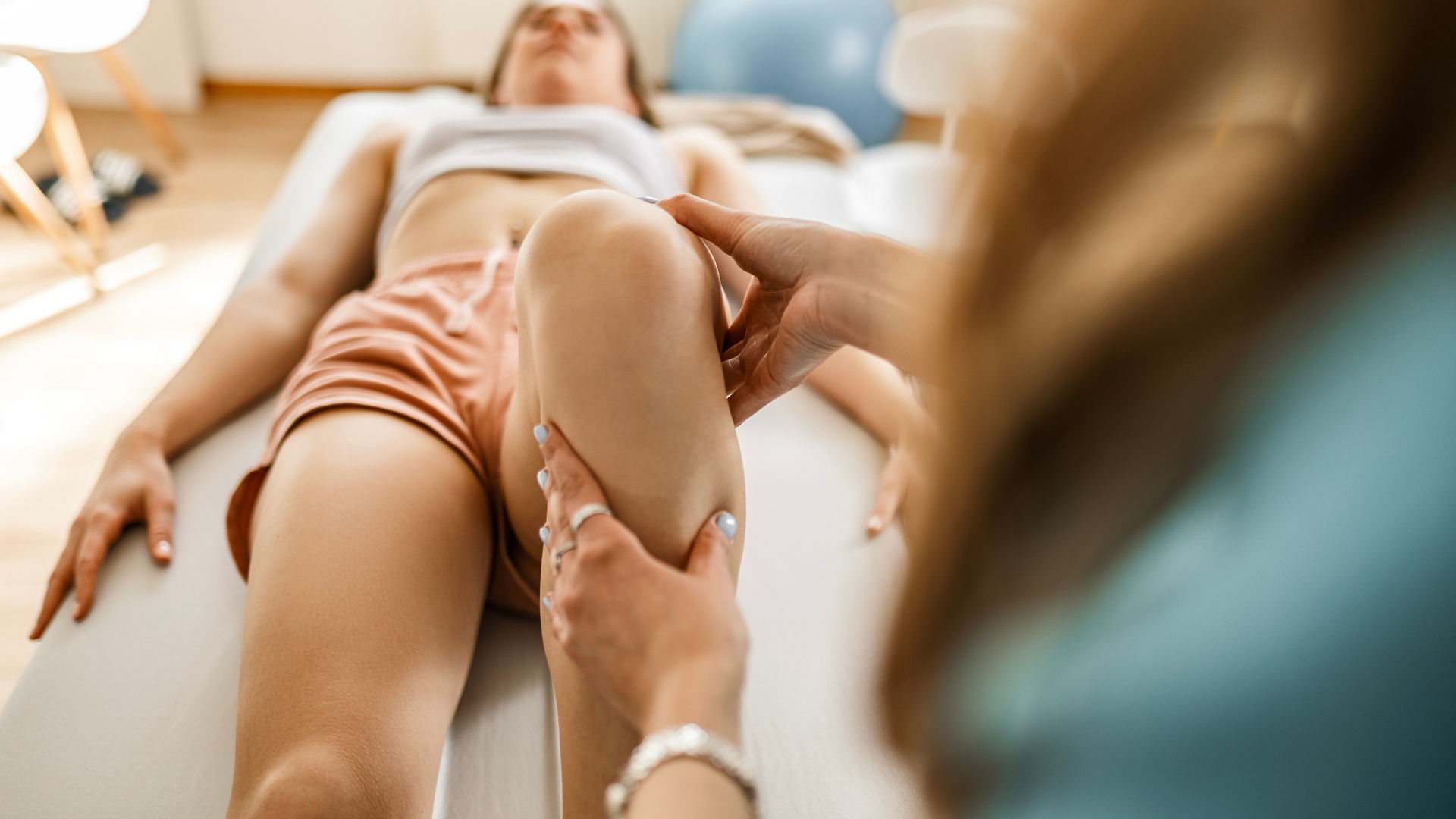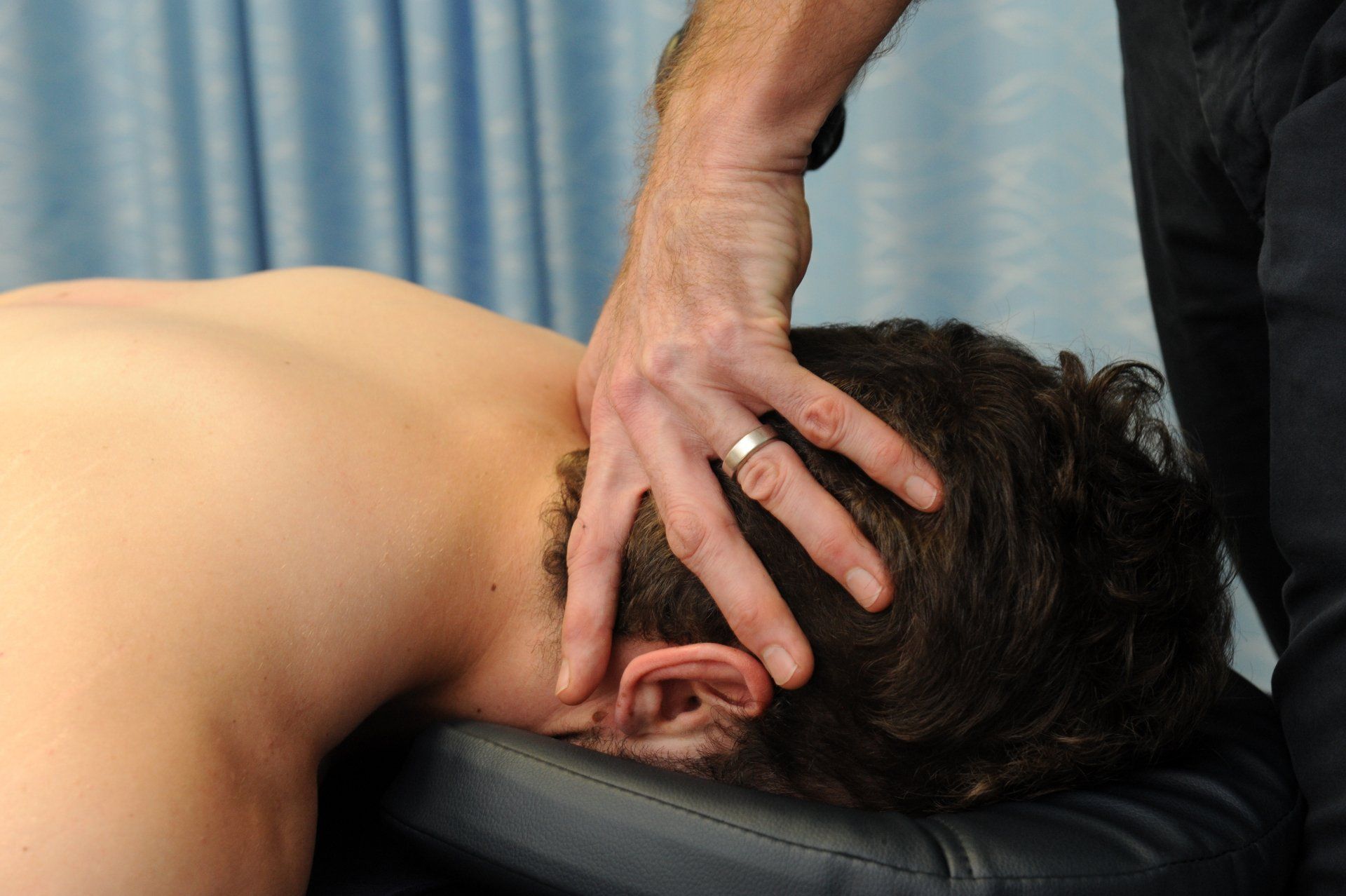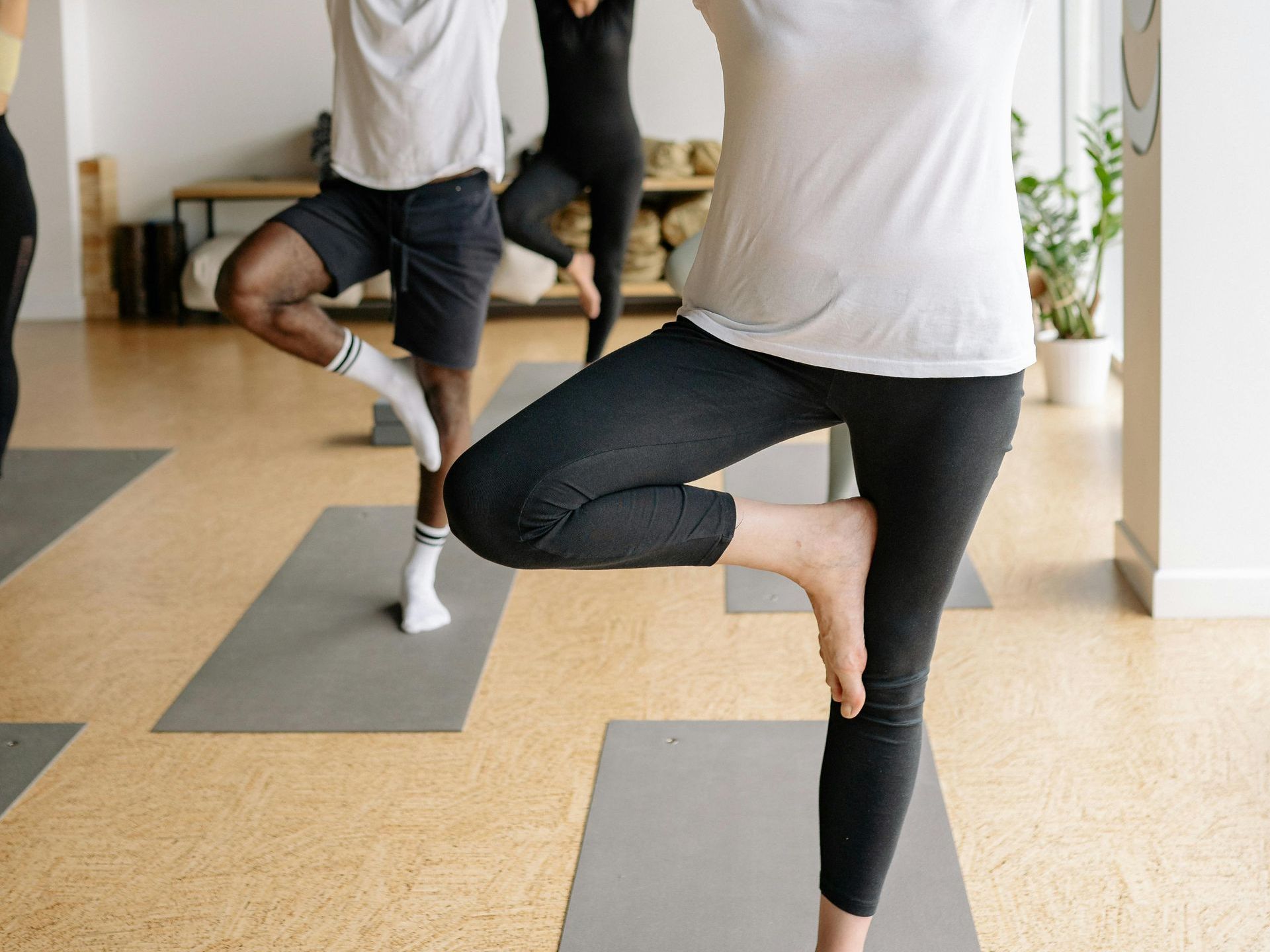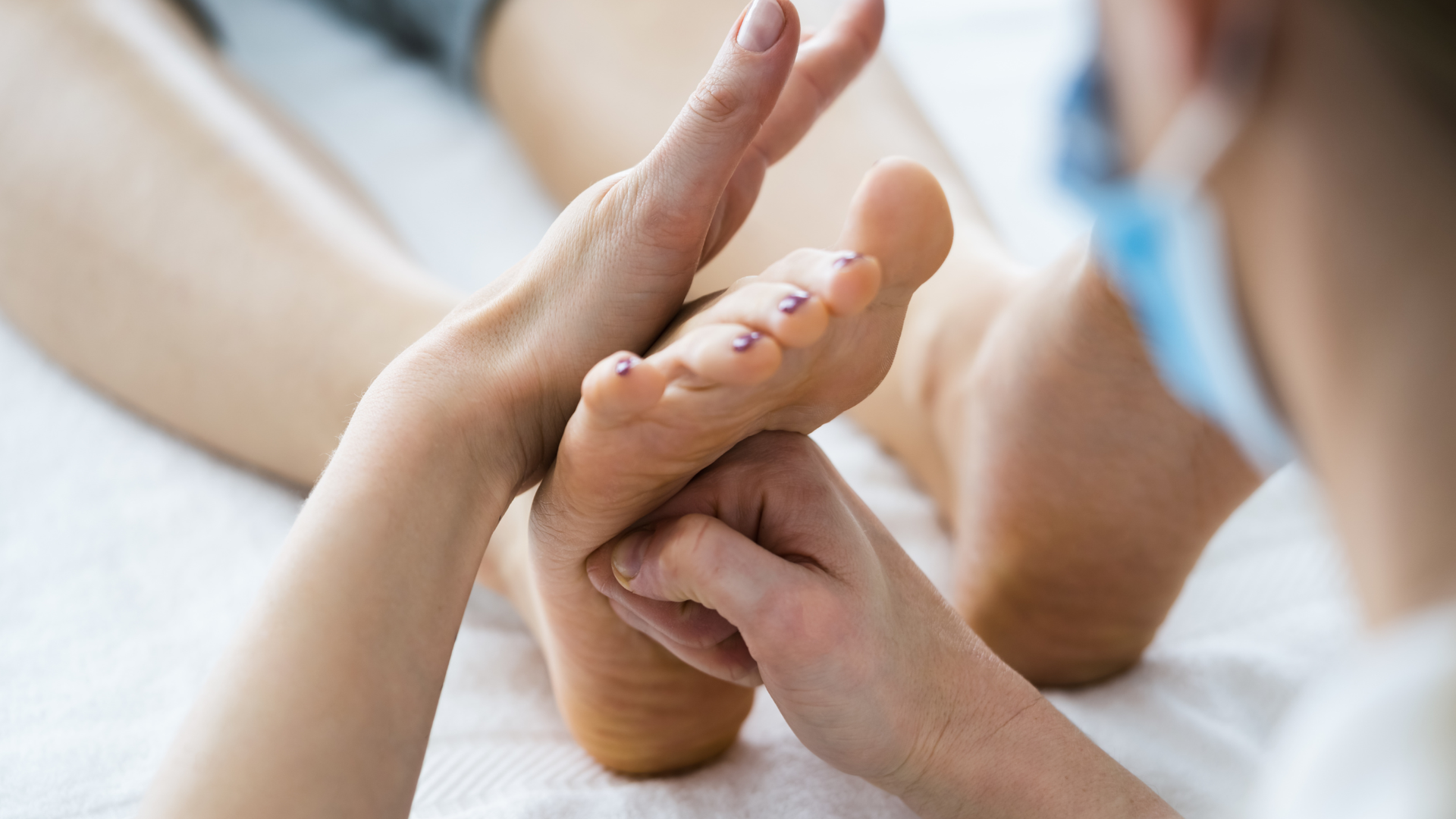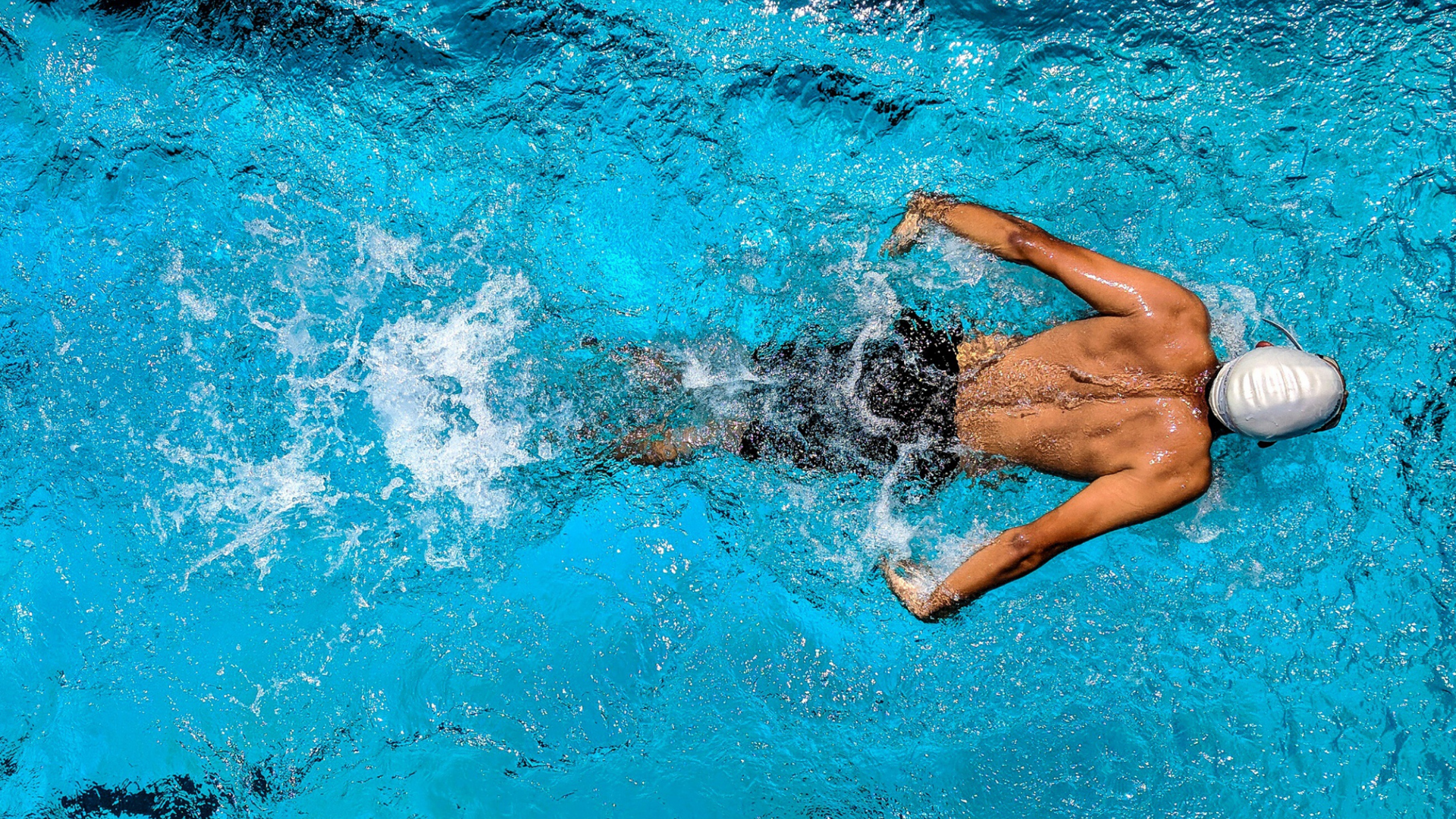Antenatal Hydrotherapy
Exercise during pregnancy is important for you and your baby
Keeping active and exercising during pregnancy is important for you and your developing baby. Antenatal hydrotherapy classes provide a social environment to help prepare expectant mums for their birth experience and recovery.
Benefits of hydrotherapy
Hydrotherapy has been used for thousands of years to revitalize, maintain and restore health. The warmth of the water allows tight muscles to relax and eases joint stiffness, while the buoyancy of the water supports your body weight, relieving pain and improving joint range of movement. There are many other benefits, which are great for pregnant women.
Prevent leg cramps, swelling and and varicose veins
Standing in water up to your waist is like wearing the perfect pair of compression stockings. The weight of the water creates a pressure gradient pushing against the legs. This pressure is greatest at the bottom of the pool around your ankles, where all that fluid wants to collect. The pressure of the water helps the veins to “pump” fluid from your legs back up to the heart, reducing swelling and leg cramps, and decreasing the pain associated with varicose veins.
Strengthen your pelvic floor
Exercising in water is low impact and great for your pelvic floor. During a pregnancy, as the baby develops, the pelvic floor muscles come under increasing stress. The stronger these muscles are, the better support for your growing baby and the less that load is shifted to the joints (ouch!).
During our hydrotherapy classes the physiotherapist covers pelvic floor education and exercises, which is a great way to learn about contracting and building your pelvic floor muscles. You'll learn where these muscles are, how to switch them on, even how to keep training them on land, all of which will help make your pregnancy more comfortable and enjoyable.
Soothe and strengthen your pelvis
If you are experiencing pelvic pain, then hydrotherapy is highly recommended. In fact, it is one of the best forms of therapy for pregnant women with pelvic pain.
Hydrotherapy helps with pelvic pain in three ways.
- The heat of the water (maintained at between 33-35oC) helps tight muscles to relax;
- The buoyancy of the water imparts a sense of weightlessness, taking the pressure off your pelvis and easing pain, and;
- It allows some gentle therapeutic exercise to strengthen muscles around the pelvis.
Prepare your body for delivery
Like a lot of things in life, preparation is key. Pregnancy and childbirth can be taxing on the individual, and while there are many variables that can’t be controlled, this is something you can control.
Pelvic floor, strengthening and stretching exercises build your flexibility and strength while improving your cardiovascular fitness. This might help improve your breath control during a natural delivery, decrease your pain, or reduce the risk of pregnancy and childbirth-related incontinence. If you require a caesarean delivery, then these exercises are likely to improve your core stability in the post-partum period. Either way, you are likely to be more resilient and prepared for childbirth.
Antenatal Hydrotherapy
We offer small group (maximum of 6 participants) antenatal hydrotherapy classes for women in their second and third trimester of pregnancy.
Classes are held in our heated hydrotherapy pool at Coconut Grove on Wednesday evenings at 5pm. Each class is $33 and private health rebates can apply.
Classes are conducted by qualified physiotherapists with experience in women’s health and continence. Exercises include gentle cardio, stretching, strengthening, pelvic floor and deep abdominal exercises. The physiotherapist will discuss any concerns or issues you are experiencing and can tailor exercises to suit your fitness level and needs.
For more information or to book in for a class contact Movement For Life Physiotherapy on 08 8945 3799,
or book online by clicking on Book an Appointment.
